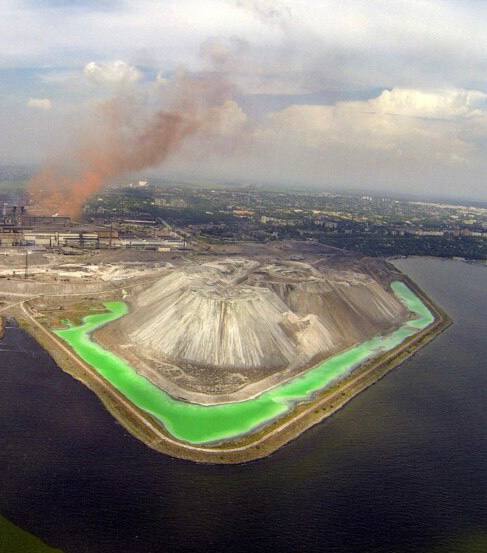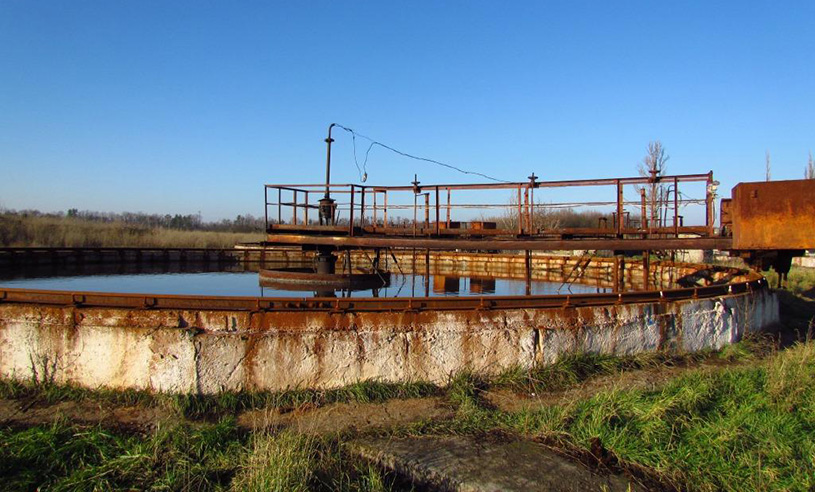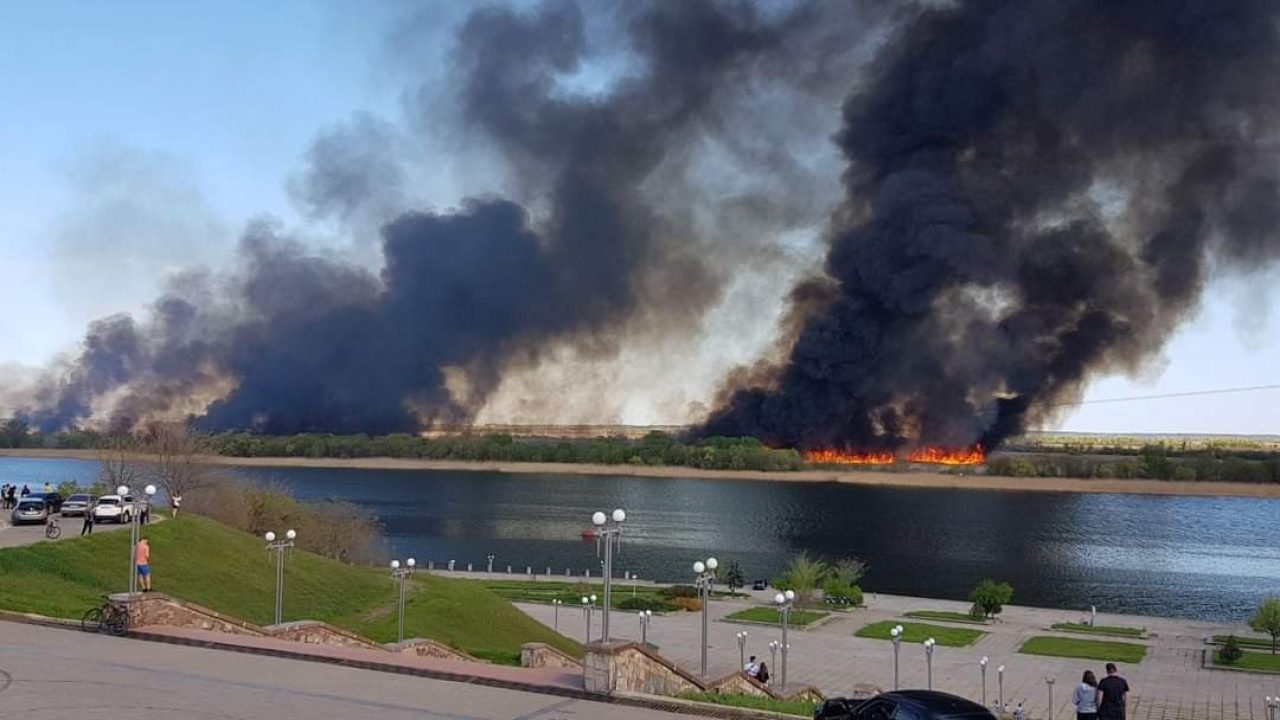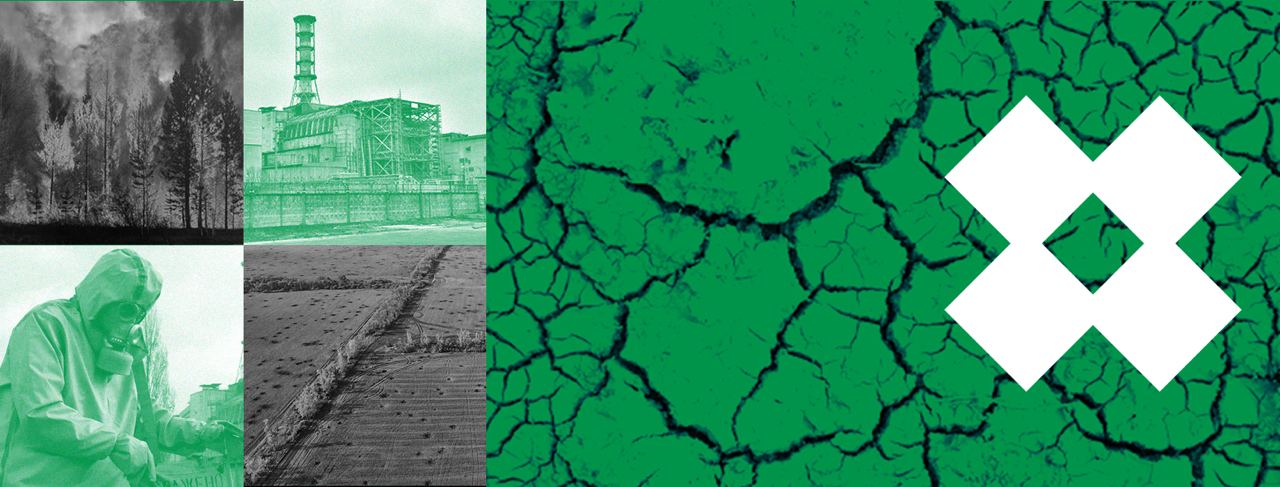
russia's full-scale war against Ukraine could lead to an environmental crisis. russia's actions in Ukraine make a deliberately devastating impact on Ukraine's environment and ecosystems. As a result, they affect the health of Ukrainians. Environmental damage is also part of the world's ecological problems and will inevitably affect the global state of affairs. That is why it is so important to cover russia's environmental crimes in Ukraine and talk about possible ways to minimize their impact, as well as solutions to self-defense and return the environment to normal. EcoRubric is launching a major project to tell the world about it and help Ukrainians cope with the environmental consequences of hostilities.
This material is the first in the cycle and is a review. We will tell you what russia's crimes against the environment Ukrainians are currently dealing with and the mechanism for reporting them.
What is the problem?
Since the beginning of russia's full-scale invasion, more than 230 crimes against the environment have been recorded in Ukraine. Chemical-industrial and metallurgical plants, oil depots, hazardous waste warehouses, and nuclear power plants are in the zone of active hostilities. Many of these objects have been damaged or completely destroyed. This poses a real threat to the natural environment, not only in the territory of Ukraine but also around the world.
How is russia destroying the Ukrainian environment?
From the first day, russia provoked industrial disasters — more than 100 enterprises with oil products have already been affected. As a result, many toxic emissions have been released into the environment, which leads to toxic rains.
The Azovstal bombing threatens cross-border global hydrogen sulfide poisoning. The destruction of the plant could damage a technical facility that holds back tens of thousands of tons of hydrogen sulfide solution. According to the Mariupol City Council, the leak of this liquid can completely kill the flora and fauna of the Sea of Azov. After that, dangerous substances can get into the Black and Mediterranean Seas. The situation is so critical that Mariupol's mayor Vadym Boychenko said that immediate admission to the site of international experts and the UN is necessary to study the state of affairs and prevent a worldwide environmental catastrophe.
Damage to energy facilities, including thermal power plants, also poses a direct threat to the environment. Damage to gas facilities may lead to high-pressure gas entering the environment, resulting in fires in the Odesa, Kyiv, and Kharkiv regions.
Fires of up to 100,000 hectares have already been registered in the forests. It is dangerous not only because of the emissions into the atmosphere. It also kills wildlife. Fires occurred during the breeding season when animals gave birth and raised cubs. Not only animals were affected, but also birds: flights of migratory birds were disrupted.
According to statistics provided by Tetyana Tymochko, an adviser to the Minister of Environmental Protection and Natural Resources of Ukraine, serious damage to wildlife reserves has been recorded in Ukraine – almost 50 objects of nature reserves have been completely destroyed or partially damaged.
Deliberate destruction of sewage treatment plants (which is also on the list of russian crimes in Ukraine) can lead to untreated sewage entering the Dnipro. In the warm period, this leads to the spread of infectious diseases and the inability to use surface water for human consumption. This problem existed even before a full-scale war. Now it resulted in the algae blooming of water bodies. The only way out of this situation, used by the most developed world countries, is using the underground water supply. If we had reached this earlier, the chain of pollution would not reach the taps in the homes of every Ukrainian. However, it is happening now.
The threat to radiation safety occurred when the occupiers entered the territory of the Chornobyl nuclear power plant. De-energization of the Chornobyl NPP posed a threat to nuclear safety. In addition, as a result of the bombing near the village of Pyrohiv in Kyiv in the Central Production Site of the Radon Association area, the destruction of radwaste storage facilities could have occurred (cracks, fractures, etc.).
"There were no emissions of radon radionuclides, but we can't say that there was no damage to this production – it is possible to find out about the real threat only after a full inspection of these facilities after the end of hostilities. There is evidence that the concentration of radionuclides in the air is deteriorating," said Tetiana Tymochko.
Tetyana Tymochko, Adviser to the Minister of Environmental Protection and Natural Resources of Ukraine, during the online discussion "Environmental Chronicles" of Internews-Ukraine, emphasizes that all the above damages are provoked industrial disasters that russia is deliberately committing.
What documents regulate the protection of the environment during hostilities?
The Protocol Additional (Protocol I) to the Geneva Conventions of 12 August 1949, relating to the protection of victims of international armed conflicts, adopted on 8 June 1997, stipulates that it is prohibited to employ methods or means of warfare which are intended, or may be expected, to cause widespread, long-term and severe damage to the natural environment. In addition, Article 55 of Protocol I states that care shall be taken in warfare to protect the natural environment against widespread, long-term and severe damage. This protection includes a prohibition of the use of methods or means of warfare which are intended or may be expected to cause such damage to the natural environment and thereby to prejudice the health or survival of the population. Attacks against the natural environment by way of reprisals are prohibited.
A similar position is set out in the Rio Declaration on Environment and Development of 1992, which enshrines the basic principles of environmental law. Principle 24 of this Declaration states that warfare is inherently destructive of sustainable development. States shall therefore respect international law providing protection for the environment in times of armed conflict and cooperate in its further development, as necessary.
How to record russia's environmental crimes against Ukraine, and how to bring perpetrators to justice?
All reports of war crimes should be sent to the Operational Headquarters of the Ministry of Environmental Protection and Natural Resources to file lawsuits with the UN International Courts to compensate for the damage caused by the aggressor country.
You can record them yourself through the online portal SaveEcoBot, in the relevant categories: water pollution, hazardous military waste, industrial accidents, damage to radiation-hazardous objects, soil contamination, and damage to greenery.
The portal already has some statistics created following the accepted applications. Anti-record holder in the number of committed environmental crimes is the Kyiv region. It is followed by the Dnipropetrovsk region, and the third place is shared by the Zaporizhzhia and Ivano-Frankivsk regions. The lion's share among them takes accidents at industrial enterprises and the destruction of greenery.
Follow EcoRubric on social media — Facebook, Twitter, Telegram
Newsletter
Digest of the most interesting news: just about the main thing











